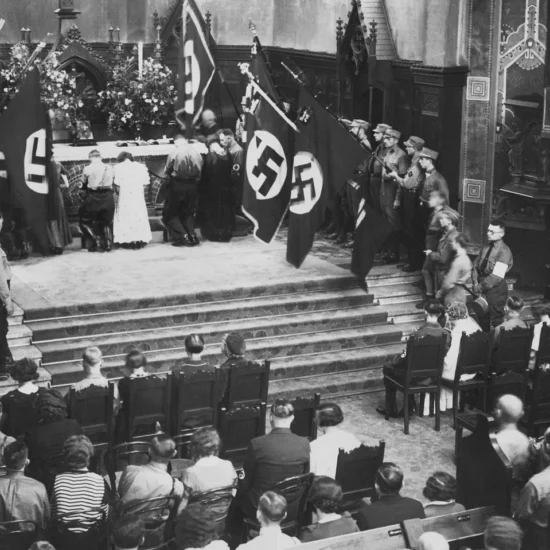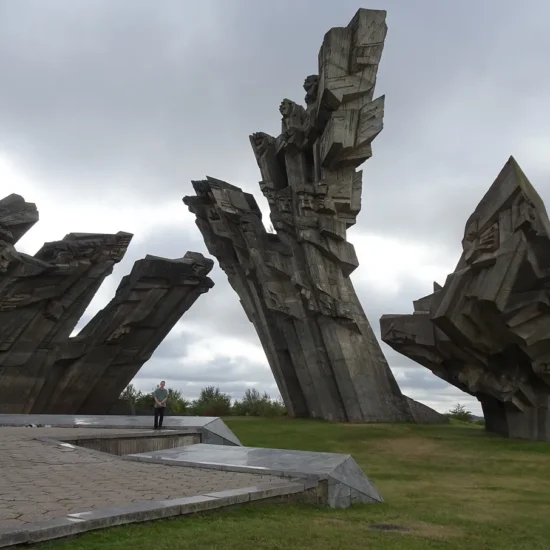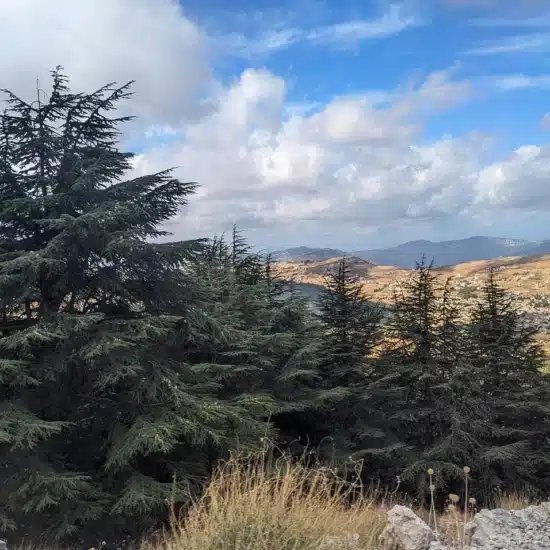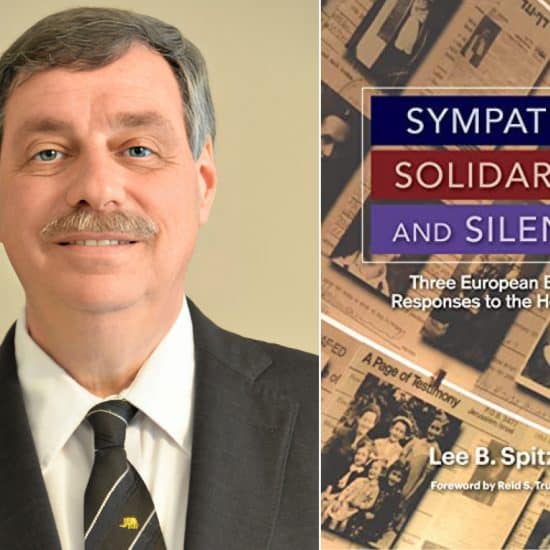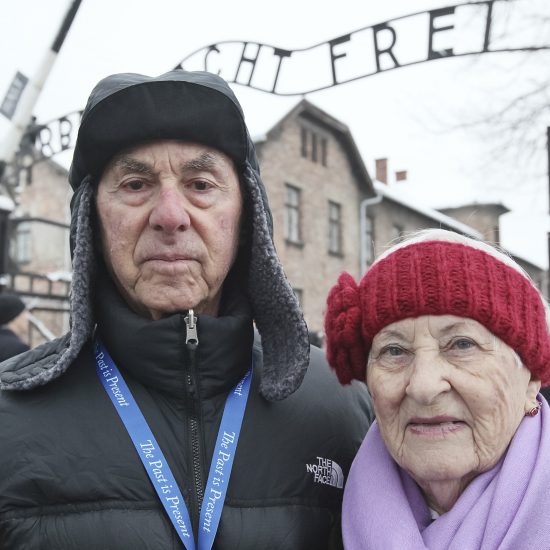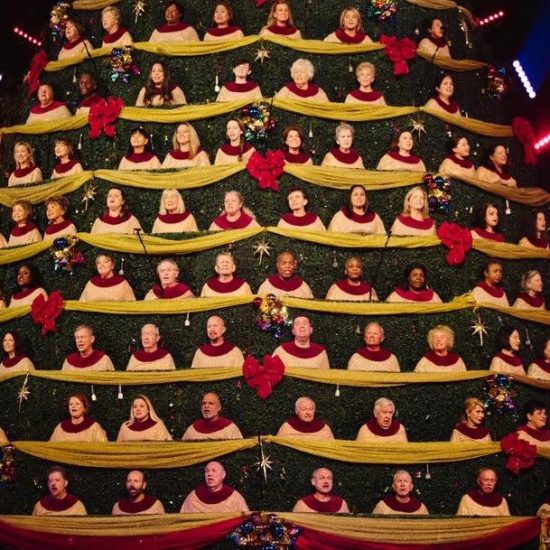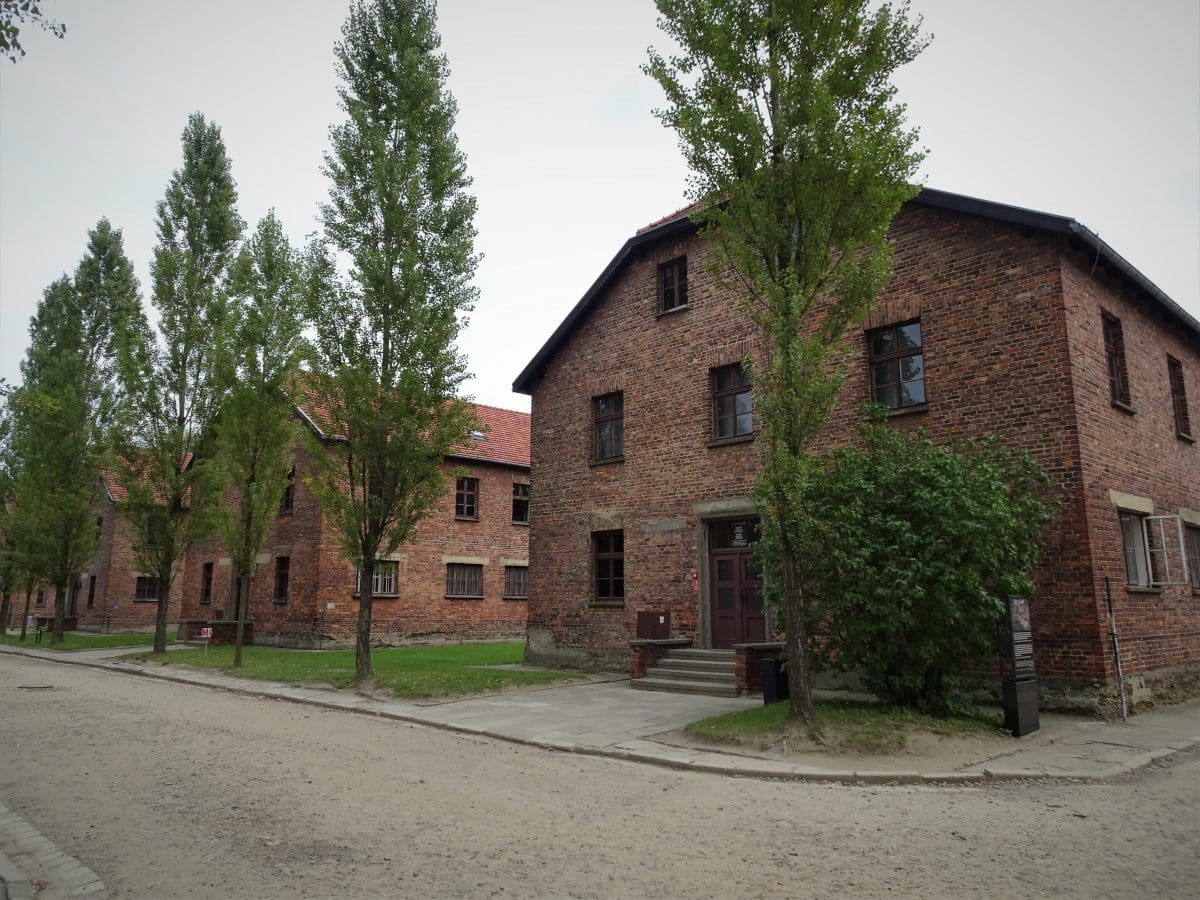
During a visit in September to Auschwitz, the beauty of the place haunted me. Rows of trees popped up between the brick buildings. It looked so quaint. So normal. So not grotesque. So not evil.
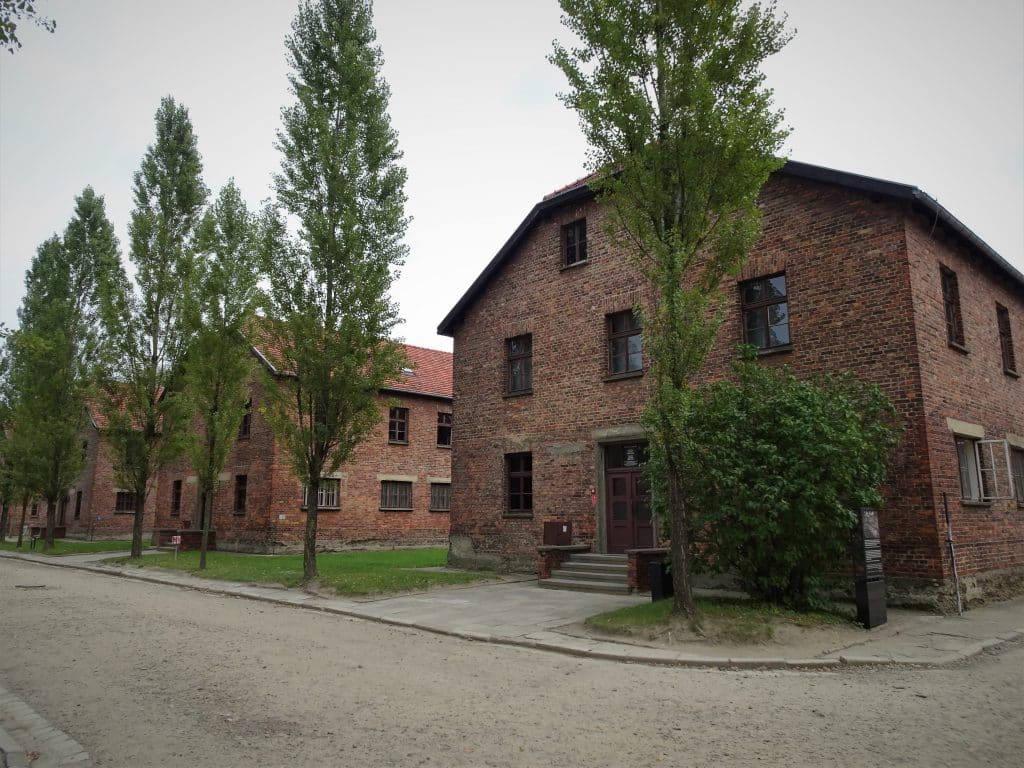
After someone asked about the trees, our guide mentioned they were planted later to help restore the look of Auschwitz since most of the ones present during the Holocaust died. I felt robbed. I had already wondered what testimony they could offer if we could listen. Trees with so much knowledge of evil.
But the witnesses are dead. Stories lost forever.
People say that when you see a forest in Ethiopia, you know there’s a church inside. The Orthodox Church there views forests as theologically vital, and thus in the desert these patches of trees bear witness to the presence of a house of God.
But what does it say somewhere when the trees die?
Did the blood crying out from the ground poison the once good soil and seep into the hearts of those oaks and poplars? Did the gas and the screams from the nearby chamber tear through the bark with the wind? Did the ash of the recently murdered people drop, drop on the leaves until the branches gave way as during a winter storm?
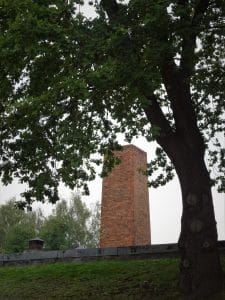
From dust we were made and to dust we will return. But it’s not supposed to be like that.
How far trees had fallen. From the center of a garden where life first blossomed to the site of the undoing of creation. We like to say that whoever saves the life of one person saves an entire world, but the first part of that old Jewish teaching notes whoever destroys a soul has destroyed an entire world. How does one watch a million worlds disappear and not also fall apart? How can the trees of the forest sing for joy before the Lord in the middle of Hades?
Was God even there?
In this hell, only the trees stood out. The condemned spoke to them, imagined climbing them and soaring away. Caressing the bark meant feeling something real, something alive that wasn’t seeking your death. Close your eyes and you’re next to some other tree in some other land.
Just a few years after prisoners planted the trees, the prisoners disappeared. And then the trees fell. Before their prime. Undone. Uncreated. Before their time. Just like those who placed them in the ground and sought refuge under their limbs. But relief couldn’t be found. The nakedness could not be covered.
Is there even shade in a land of darkness?
The trees today are older than the ones they replaced, the ones present when time ended. Is it an accurate retelling? Should we let them prosper in this spot? To pretend this is fertile ground. Or has the soil already forgotten? Has the wind already blown it all away?
A shoot cannot spring forth when there is no stump. We can replace but not regrow.
A million questions and emotions raced through my mind as I walked under those trees. But I didn’t hear any answers. Just the crunch of my own steps. I sucked in long breaths and let them back out, exchanging gases with the new generation of witnesses.
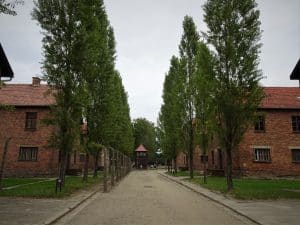
Brian Kaylor is editor and president of Word&Way.

